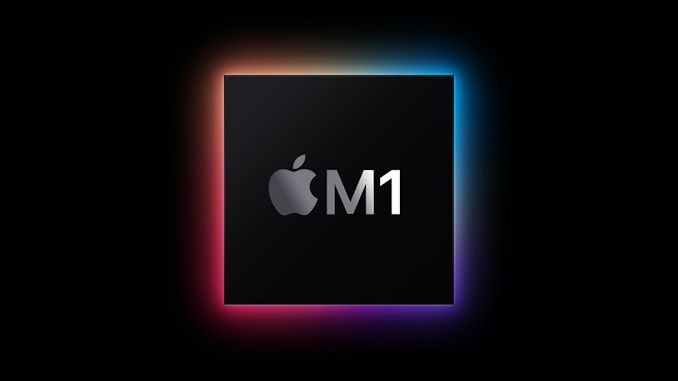Here's what Abhinav Davuluri is saying to justify a bullish position ($65 FVE) on Intel stock
- Secular PC decline and relative lack of competition from AMD contributed to Intel delaying its 10-nm process ramp
- Intel had less incentive to rush out its new 10-nm process, as new processes are typically margin-dilutive while ramping
- Intel 4 with EUV will greatly simplify its manufacturing process flow
- Intel has an opportunity to regain manufacturing leadership if it can better deploy GAA
- Intel is the TSMC alternative for many products to avoid concentration risk
- Fab cost $20B plus creates significant barriers to entry
- Intel's only competition for leading-edge manufacturing are TSMC and Samsung
- Only Intel and AMD have x86 architecture providing differentiation
- ARM-based datacenter chips have had little success in displacing x86
- ARM-DC chips are used in less intensive workloads, a small niche application
- Revenue decline is due to divesting NAND business to SKHynix
Seriously? If only that were true, and it isn't....relative lack of competition from AMD contributed to Intel delaying its 10-nm process ramp
x86 architecture is not a differentiation for the fast-growing cloud computing providers (GOOG, AMZN, MSFT, ORCL, etc.). These companies own their software stacks down to the OS and even below. x86 is only a differentiator for enterprise servers and Windows PCs, in which Windows and Linux and applications are written and tuned for x86. AMD has made significant inroads into single and dual socket servers. Of course, AMD does not compete in the four socket and larger market.
Do you believe what Davuluri wrote?


